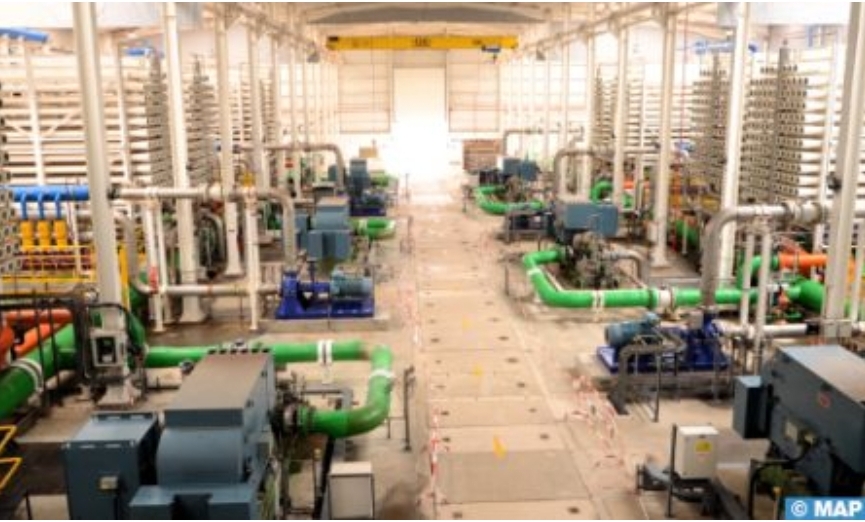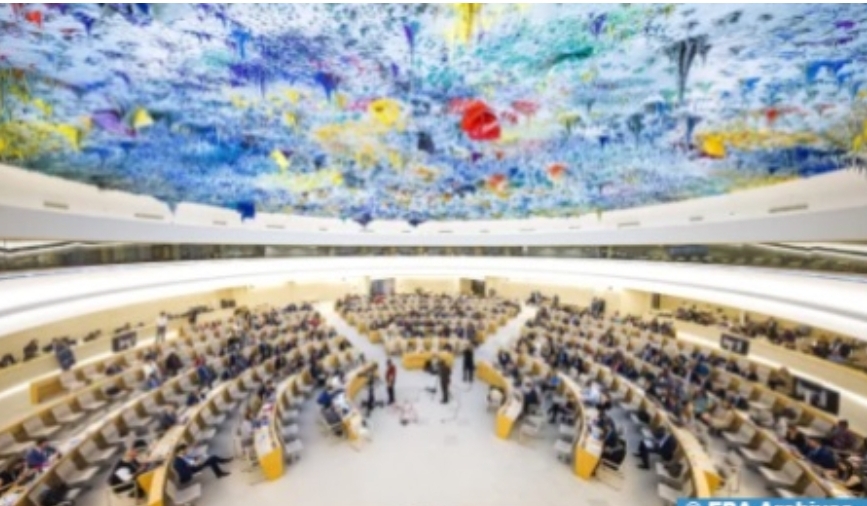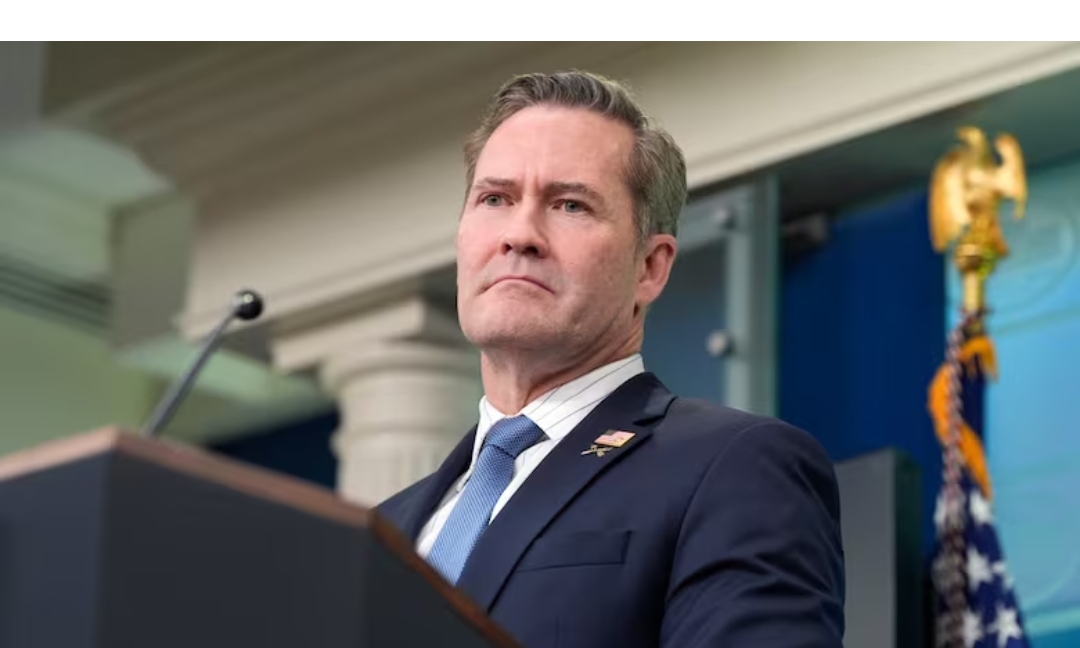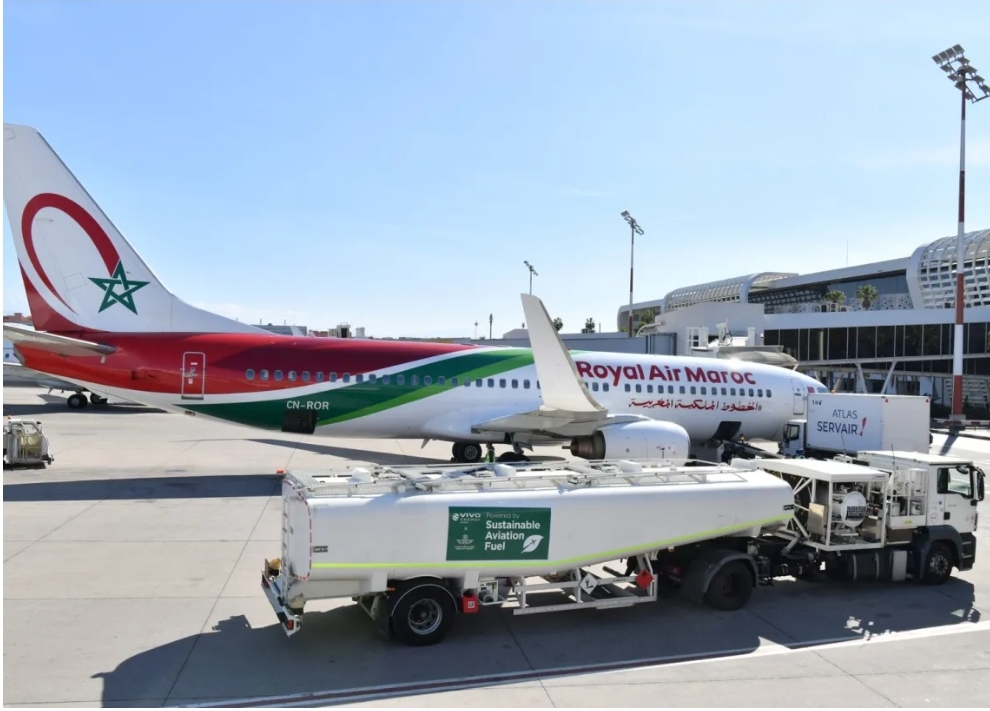Assahafa.com
expressed interest in the idea of small modular reactors (SMRs), which theoretically could be cheaper and faster to build than large conventional reactors.
But SMRs are still in development and unproven, which is why Energy Alberta decided to go big.
Henuset said the company is still a couple of years away from an accurate cost estimate for the project, which will ultimately determine whether it moves forward. But he said $35 billion for four reactors would be “a decent ballpark figure,” and no public money would be required.
“We’re using private-sector money and we will need government help on securing backstops for financing and agreements, but we don’t need government money,” Henuset said.
No commercial nuclear reactor has ever been built in Canada without public funding.
A Candu attitude
Candu, an acronym for Canada Deuterium Uranium, is a Canadian-designed reactor that originated in the 1950s.
A key difference from other reactor designs is the fuel type, which uses natural uranium, found in abundance in Saskatchewan, rather than enriched uranium. Using natural uranium reduces costs and eliminates the need for an enrichment program that could potentially be used to build nuclear weapons.
Canada currently has 19 commercial reactors operating at four sites, all of which use Candu technology. The design has been exported and built around the world. However, updated Candu models have either failed to make it through the design process or find buyers.
Greenpeace opposes nuclear energy. Young climate activists say that’s ‘old-fashioned’
Premier wants Alberta energy minister to incentivize development of small modular reactors
No new Candu design has been licensed, sold or built since the early 1990s. In 2011, the federal government sold off its reactor business to AtkinsRéalis, formerly known as SNC-Lavalin, while retaining ownership of the Candu design.
Energy Alberta’s project hopes to use Monark reactors, a new Candu design still in the design and approval phase. Gary Rose, executive vice-president of nuclear at AtkinsRéalis, has said he hopes the design will progress quickly enough to allow for a construction licence application by mid-2027.
Each Monark reactor would produce 1,000 megawatts and have a lifespan of approximately 70 years.
The backup choice for Energy Alberta is the Enhanced Candu 6 design, which was completed more than a decade ago but never found a buyer and has never been built.
Alberta government supports nuclear
The provincial government under Premier Danielle Smith has expressed support for the idea of nuclear power in Alberta.
Smith’s 2023 mandate letter to Energy Minister Brian Jean mentioned small modular reactors three times, including their potential for oilsands operations.
Affordability and Utilities Minister Nathan Neudorf said in March that the province was “very interested in looking at conventional nuclear and what that could possibly provide for Alberta in … the longer term.”
The premier has had multiple meetings this year about the Energy Alberta proposal with the proponents and local officials, both in Calgary and Peace River, according to Henuset and Ungarian.
After one meeting in July, Smith posted on social media: “Nuclear energy is key to providing reliable and affordable power for our province … Now is the time for Albertans to harness this opportunity and continue to grow our province into the future!”
In response to a request for comment, a government spokesperson said in an email: “It would be premature to discuss any specific proposal for nuclear development before we’ve had meaningful engagement with the public, Indigenous communities and industry.”
Whether you believe in the climate crisis or not, we’re in it and we feel that Alberta needs clean energy.- Scott Henuset
Dan Williams, minister of mental health and addiction and the MLA for Peace River, supports the Energy Alberta proposal. He said he’s had “a number of conversations with the premier in her office” about nuclear power, but no decisions have yet been made.
“It’s something that we know we would need to engage on fully before we move forward with any decisions,” Williams said.
The last time the province consulted the public on nuclear power was in 2009, when a telephone survey found that 27 per cent of Albertans wanted the province to oppose proposals, and 45 per cent said projects should be considered on a case-by-case basis.
Men were three times as likely as women to say the province should encourage proposals. Northern Alberta residents were most likely to express opposition.
More than three-quarters of respondents agreed with the statement: “It’s wrong to generate 40 or 50 years of electricity for our generation and then leave a nuclear waste problem that will go on for generations to come.”
A 2023 poll by Ipsos measuring public support for various power sources found 51 per cent of Albertans supported building new nuclear power plants — well behind support levels for building new solar (87 per cent), hydro (87 per cent) and wind (82 per cent).
No emissions, plenty of jobs
Advocates for more nuclear power production in Canada point to several upsides.
Nuclear power uses energy released during fission reactions to heat water and power a steam turbine, which generates electricity without carbon emissions.
Alberta’s power generation has changed shape considerably over the past decade, with the rapid phase-out of coal and a slower but steady increase in solar and wind energy.
The province still generates the vast majority of its electricity from natural gas, which is why Alberta accounted for 47 per cent of all electricity-sector emissions in Canada in 2021.
Reactors have improved since those that suffered catastrophic design failures, such as Chornobyl and Fukushima. And the Candu’s use of unenriched natural uranium means an Alberta power plant could use fuel mined in northern Saskatchewan.
Ungarian, the county reeve, and Williams spoke at length about another key factor motivating their support for the project — its potential to spur jobs and economic development in the Peace Region.
“We would be open to discussions and advocating to have that in our region as it would be a huge … industry that would probably surpass anything we’ve ever seen before,” said Ungarian.
Ungarian, Henuset and Williams all noted that renewable energy sources like wind and solar only produce power when the wind blows and the sun shines. But large-scale methods for storing energy for later use, such as molten-salt thermal storage, are already being demonstrated.
Henuset fully expects renewable energy to be part of Alberta’s energy future. But nuclear, he said, is also needed.
“It is safe, clean, reliable power at the end of the day, and you need that to backstop all your wind and solar.”
Nuclear can’t solve ‘urgent climate crisis’
Positioning nuclear power as a solution for climate change makes no sense, said M.V. Ramana, a UBC public policy professor and author of Nuclear Is Not The Solution: The Folly of Atomic Power in the Age of Climate Change.
Ramana said we need to reduce emissions much faster than the 10 or 15 years it could take for a new nuclear plant to come online.
“I think is a very long timeline from the viewpoint of trying to deal with the urgent climate crisis,” he said, adding that the tens of billions of dollars to build one nuclear plant would be better invested in renewables.
Alberta government considering conventional nuclear power plants, minister says
Oilsands companies exploring nuclear power to reduce emissions
Ramana said the safety of nuclear power is not comparable to renewables. New reactors may have safer designs, but a malfunction is still a non-zero-probability event with severe consequences.
“You will not have the same kind of accident as what happened in Chornobyl or Fukushima,” said Ramana. “But the point is that all reactor designs are susceptible to some sequence of events that eventually leads to radioactive materials escaping and contaminating the landscape.”
Several accidents have occurred at nuclear reactors in Canada; the most serious was at the Pickering, Ont., power plant in 1994, when a pipe break resulted in a significant loss of coolant and an emergency system was activated to prevent a core meltdown.
Waste? Put it in the ground
What to do with highly radioactive spent fuel is also a problem.
The pellets of uranium that fuel Candu reactors are used up after one to two years. Still very hot and highly radioactive, they are cooled in water for up to a decade before being placed in dry long-term storage on site.
“That’s been happening all over the world for 30 years and there hasn’t been any issues with that,” said Henuset.
But that’s a mere blip on the long timeline of nuclear waste.
When put into long-term storage, the pellets have only one-thousandth of their post-reactor radioactivity. But they remain radioactive for many thousands of years, and it can take up to a million years to return to the same radiation level as the original uranium ore that was mined for fuel.
IN DEPTH
Opposition to potential nuclear waste storage site in northwestern Ontario mounts as decision nears
In an Ontario town split over a nuclear dump site, the fallout is over how they’ll vote on the future
The Nuclear Waste Management Organization, an industry-led body mandated by the 2002 federal Nuclear Waste Act, is charged with coming up with a long-long-term solution. The current plan is to encase spent fuel in concrete and steel, then bury it deep in a stable rock formation.
That plan is still in the works, as is Energy Alberta’s Peace Region proposal. Henuset said the company hopes to begin the regulatory process shortly.
Ungarian believes his region and the entire province can only benefit.
“We still rely on that baseload of power that’s supplied by fossil fuels,” he said. “So if you want to replace that, you got to have something to replace it with. And right now nuclear is probably the the best option out there.”
Source: cbc














